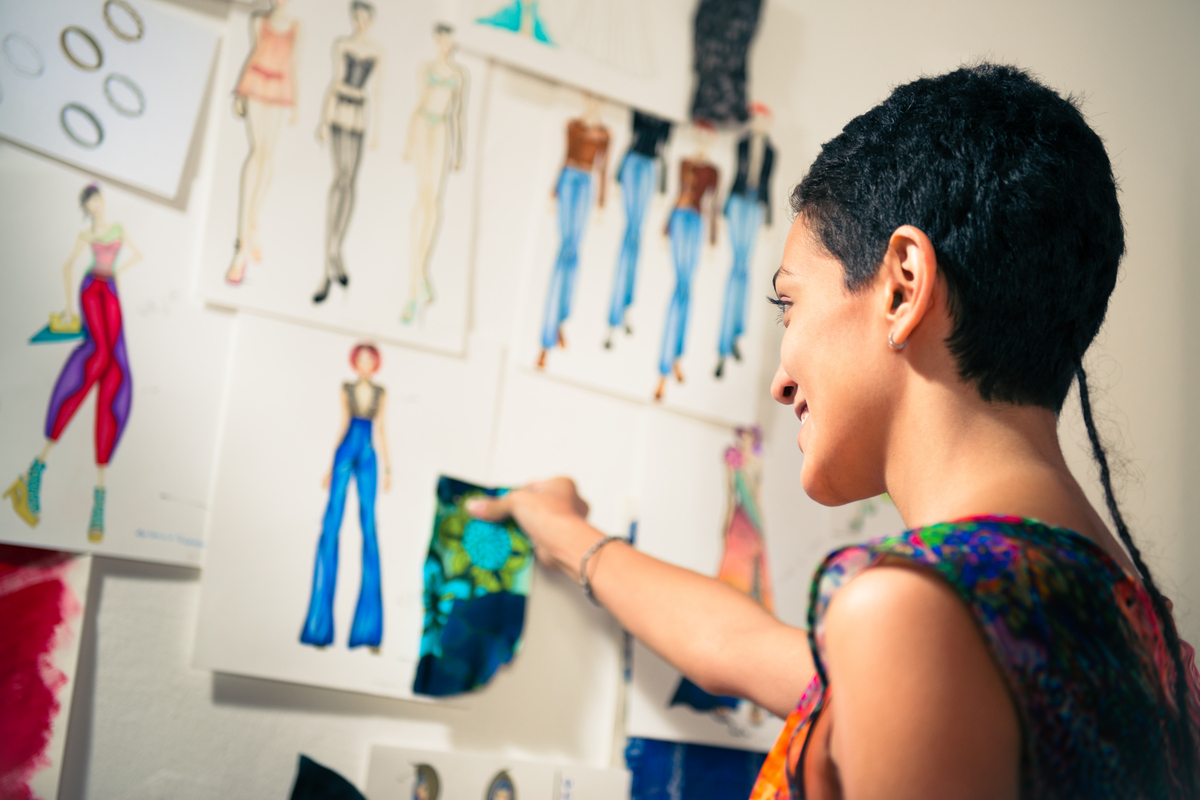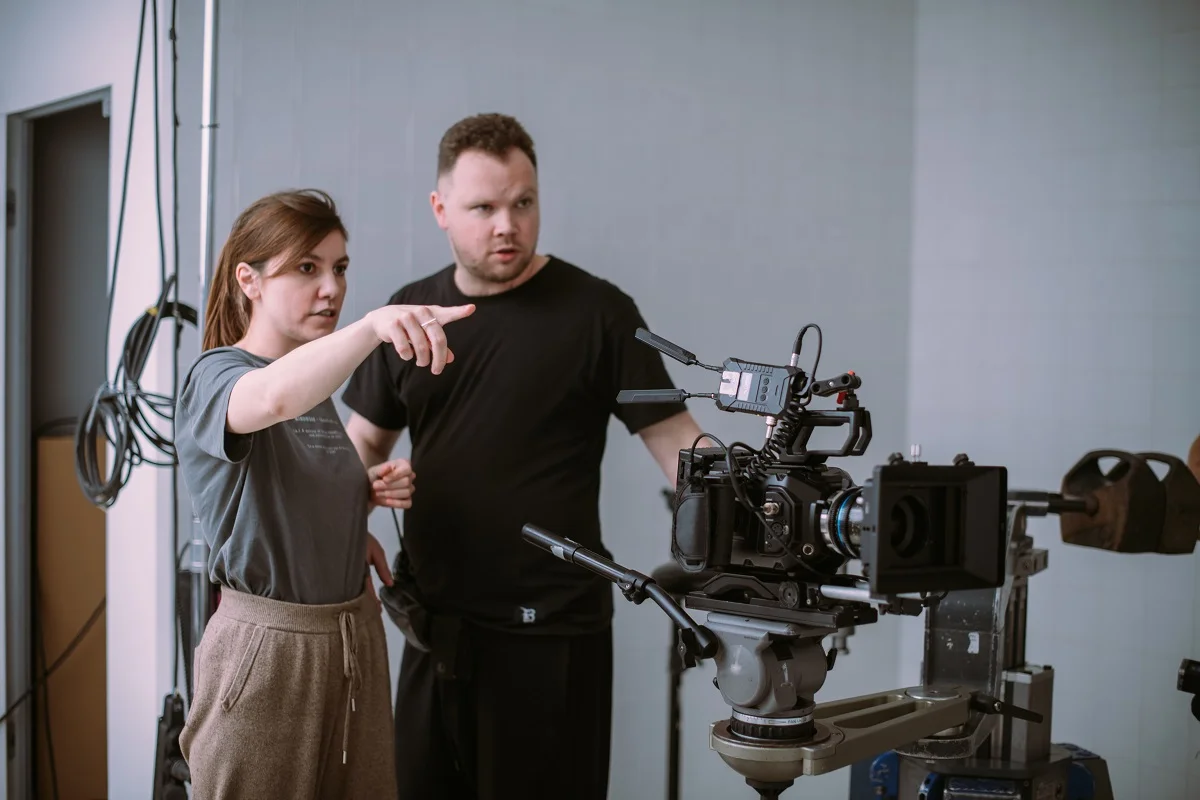In this tutorial, we will explore the fundamentals of rigging for games in Maya and Unreal, as well as provide you with valuable insights and tips to enhance your skills in this specialized field.
1. Character Rigging
Character rigging is a crucial component of game development, as it involves creating a digital skeleton for characters to enable them to move realistically within the game environment. In Maya, you can use tools such as the Joint Tool and IK Handle Tool to create joints and control the movement of character limbs.
Furthermore, Unreal Engine offers a robust animation system that allows you to import rigged characters and animate them using state machines and animation blueprints.
2. Prop Rigging
In addition to character rigging, prop rigging is another essential aspect of game development that involves creating rigs for inanimate objects within the game world. Props such as vehicles, weapons, and environmental elements also require rigging to enable interactions and animations.
Maya provides tools like the Parent Constraint and Set Driven Key to rig props efficiently, while Unreal Engine offers a physics asset editor for creating realistic physics simulations for props.
3. Skinning and Weight Painting
Skinning and weight painting are vital processes in rigging that involve binding the 3D model to the skeleton and defining how the vertices of the model move with the joints. Maya’s Skin Cluster and Paint Skin Weights tools allow you to adjust the influence of joints on specific vertices, ensuring smooth deformations during character animations.
Unreal Engine supports skinning through the use of skeletal meshes and allows you to paint weights directly in the editor for precise control over character deformations.
4. Rigging Best Practices
To create high-quality rigs for games in Maya and Unreal, it is essential to follow best practices that ensure optimal performance and seamless animations. Keep your rig simple and efficient by using the minimum number of joints necessary for realistic movement.
Utilize naming conventions to organize your rig hierarchy and make it easier to troubleshoot any issues that may arise during the rigging process. Furthermore, test your rig thoroughly in both Maya and Unreal Engine to ensure compatibility and functionality within the game environment.
5. Advanced Rigging Techniques
Once you have mastered the basics of rigging for games in Maya and Unreal, you can explore advanced techniques to enhance the quality and realism of your rigs. Experiment with blend shapes to create facial animations and expressions for characters, or implement inverse kinematics (IK) for more natural limb movements.
Utilize constraints and controllers to add secondary animations and improve the overall believability of character movements in your game.
6. Industry Insights
As you continue to refine your rigging skills in Maya and Unreal, it is essential to stay updated on industry trends and best practices to remain competitive in the ever-evolving game development landscape. Networking with professionals in the industry, attending workshops and conferences, and seeking mentorship opportunities can provide valuable insights and guidance to help you advance your career in game rigging.
Consider enrolling in specialized courses or programs, such as Yellowbrick’s game rigging courses, to further enhance your skills and knowledge in this specialized field.
Key Takeaways:
- Rigging for games in Maya and Unreal is a vital aspect of game development, enabling realistic character and prop movements within the game environment.
- Mastering character rigging involves creating a digital skeleton for characters using tools like the Joint Tool and IK Handle Tool in Maya, complemented by Unreal Engine’s animation system.
- Prop rigging is essential for inanimate objects in games, requiring efficient rigging techniques such as the Parent Constraint in Maya and the physics asset editor in Unreal Engine.
- Skinning and weight painting play a crucial role in defining how 3D models move with joints, with Maya and Unreal Engine offering tools for precise control over character deformations.
- Following rigging best practices, such as keeping rigs simple and efficient and thorough testing, ensures high-quality and optimized performance in Maya and Unreal.
- Advanced rigging techniques like blend shapes and inverse kinematics can enhance character animations, while staying updated on industry trends and networking can help advance your career in game rigging.
Consider taking the Yellowbrick game rigging courses to further enhance your skills and knowledge in rigging for games using Maya and Unreal Engine. Elevate your expertise and stand out in the competitive game development industry with the NYU Animation Industry Essentials online course and certificate program.








